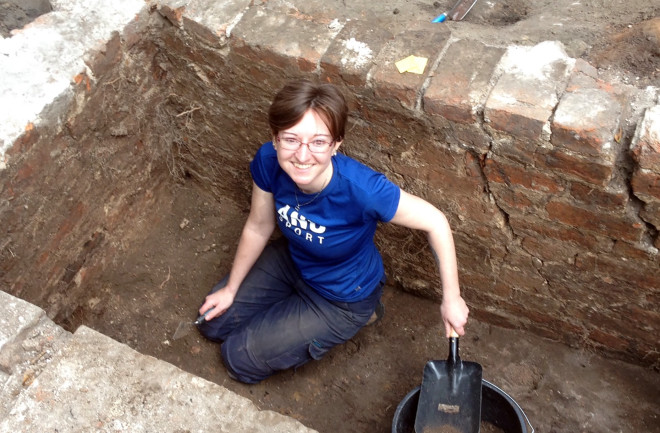Determining where to dig is the first step for archaeologists. To find promising sites, today’s researchers use advanced technology, including satellite imaging and ground-penetrating radar, in addition to the traditional method: walking across a landscape looking for any sign of artifacts.
But identifying the right spot also takes a good bit of luck. Just ask archaeologist Catherine Frieman of the Australian National University. For the past six years, she has led a project searching for prehistoric sites between 1,500 and 4,500 years old in Cornwall County in southwest England. After analyzing farmlands overlooking the English Channel, her team produced subterranean maps based on subtle differences in electromagnetism between soils and any archaeological remnants. They also reviewed aerial photos for surface features that suggest buried mounds and ridges, which may be barrows — ancient monuments sometimes containing burials.

